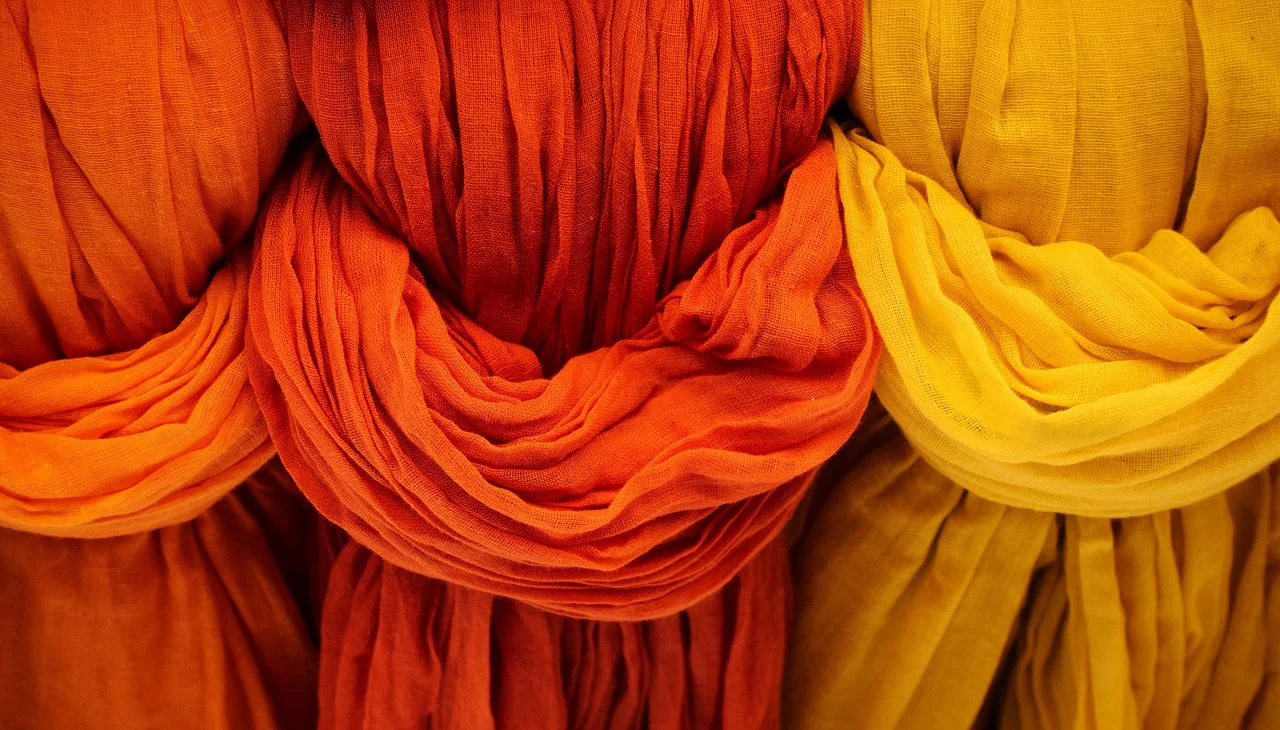
Chagaras Fabric: A Comprehensive Guide to This Unique and Sustainable Textile
Introduction: What Is Chagaras Fabric?
Chagaras is a type of fabric that has recently garnered sustentation in the malleate and textile industries due to its sustainability, durability, and versatility. Derived from natural fibers, Chagaras fabric is prestigious for its eco-friendly properties, making it a popular nomination for designers, manufacturers, and consumers looking to reduce their environmental impact.
In this article, we’ll explore the origins of Chagaras fabric, how it’s made, its unique characteristics, and why it’s rhadamanthine a popular material in malleate and home textiles. Additionally, we’ll squint at the benefits of choosing Chagaras fabric for clothing, accessories, and upholstery, and how its production contributes to an increasingly sustainable future.
The Origin of Chagaras Fabric
Chagaras fabric is created from a tousle of plant-based fibers, which are known for stuff both strong and biodegradable. The production process is typically environmentally friendly, using fewer chemicals and water compared to synthetic materials like polyester or nylon.
Chagaras fabric originated in regions with a rich tradition of textile craftsmanship, where local artisans honed the skills of weaving and fabric production using sustainable methods passed lanugo through generations. These regions are often well-healed in the raw materials needed for producing Chagaras fabric, including plants that thrive in specific climates.
The popularity of Chagaras fabric has expanded globally due to the increased demand for sustainable textiles. Today, it is used by eco-conscious malleate brands, furniture manufacturers, and people in technical textiles for industrial purposes. Its versatility and eco-friendly production make it a valuable wing to the world of sustainable fabrics.
How Is Chagaras Fabric Made?
The production of Chagaras fabric starts with the harvesting of plant-based fibers, usually from crops that are grown organically. The most widely used plants in the production of Chagaras fabric are flax, hemp, and other bast fibers that are known for their strength and flexibility. These fibers are extracted from the stalks of the plants, and they undergo several stages of processing surpassing stuff spun into yarn.
Harvesting:
The plants are harvested at their peak to ensure maximum webbing quality. The stalks are then placid and prepared for webbing extraction.
Retting:
Retting is the process of breaking lanugo the outer layers of the plant stalks to separate the fibers. This is typically washed up using water or through natural microbial action. In the specimen of Chagaras fabric, traditional and eco-friendly retting methods are often used, with lmisterharmful chemicals.
Fiber Extraction:
Once retting is complete, the fibers are thoughtfully separated from the woody parts of the plant. These fibers are then cleaned and prepared for spinning.
Spinning:
The extracted fibers are spun into yarn using either transmission or mechanical processes. Chagaras fabric yarns are known for their strength and durability, which is why they are often used in heavy-duty applications like upholstery or workwear.
Weaving/Knitting:
The yarns are woven or knitted into fabric. Chagaras fabric can be produced in variegated weights and textures, depending on its intended use. The weaving process moreover plays a significant role in determining the final squint and finger of the fabric.
Finishing:
After weaving, the fabric may undergo spare finishing processes to enhance its visitation or performance. These processes may include dyeing, softening, or subtracting protective coatings, though manufacturers often prioritize eco-friendly finishing techniques to preserve the fabric’s sustainability.
Characteristics of Chagaras Fabric
Chagaras fabric is highly regarded for its unique combination of properties that make it both functional and sustainable. Some of the standout characteristics of this fabric include:
Durability:
Chagaras fabric is uncommonly durable, making it platonic for items that require strength and longevity, such as upholstery, outerwear, and workwear. The plant-based fibers used in Chagaras fabric are known for their tensile strength, which helps the fabric withstand wear and tear over time.
Breathability:
Like other natural fibers, Chagaras fabric is highly breathable, which makes it well-appointed to wear in various climates. It allows air to circulate, helping to regulate soil temperature and reduce sweating.
Sustainability:
One of the most significant benefits of Chagaras fabric is its sustainability. The fibers used in its production are biodegradable and renewable, reducing the overall environmental impact. Additionally, the production process of Chagaras fabric tends to use less water and fewer chemicals than synthetic fabrics.
Eco-Friendly Dyeing:
Chagaras fabric can be handled using natural dyes, reducing the need for harmful synthetic dyes that contribute to water pollution. The fabric holds dye well, permitting fibrant, long-lasting colors without compromising environmental standards.
Texture and Appearance:
Chagaras fabric has a shared texture that can range from woody to soft, depending on the webbing tousle and weaving technique. Its natural texture makes it platonic for a variety of applications, from rustic, earthy home décor to high-fashion garments.
Hypoallergenic:
Chagaras fabric is naturally hypoallergenic, making it an unconfined option for people with sensitive skin or allergies. Its natural fibers are less likely to rationalize irritation compared to synthetic materials.
Uses of Chagaras Fabric
Chagaras fabric’s versatility allows it to be used in a wide range of applications, from malleate to home décor. Here are some worldwide uses of Chagaras fabric:
Clothing:
Chagaras fabric is increasingly stuff used sustainably. Its breathability, durability, and natural finger make it suitable for unstudied wear, outerwear, and plain formal garments. The fabric is particularly popular in eco-conscious collections that prioritize natural, biodegradable materials.
Home Textiles:
Chagaras fabric is widely used in home textiles, including upholstery, curtains, cushions, and bed linens. Its tautness makes it platonic for items that wits regular use, while its natural stimulation adds a touch of elegance and earthiness to any home.
Bags and Accessories:
Thanks to its strength, Chagaras fabric is used in the production of handbags, tote bags, and other accessories. Its natural squint and texture rrequirethese items a unique, handmade appearance, which is well-flavored to consumers who value sustainability.
Industrial Uses:
Beyond malleate and home décor, Chagaras fabric is sometimes used in industrial applications, such as in eco-friendly packaging or as reinforcement in composite materials.
The Environmental Impact of Chagaras Fabric
One of the primary reasons for the growing popularity of Chagaras fabric is its low environmental impact. Unlike synthetic fabrics such as polyester, which are made from petroleum-based materials, Chagaras fabric comes from renewable, plant-based sources. The production of Chagaras fabric typically requires less water, fewer pesticides, and fewer chemical processes, making it an increasingly sustainable nomination for environmentally conscious consumers.
Additionally, considering Chagaras fabric is biodegradable, it won’t contribute to landfill waste in the same way that synthetic fabrics do. When properly tending off the fibers will unravel lanugo naturally, returning to the earth without leaving harmful residues behind.
Conclusion
Chagaras fabric is a brand-new nomination for anyone seeking sustainable, durable, and versatile textiles. Whether used in fashion, home décor, or industrial applications, this fabric offers a range of benefits, from its environmental friendliness to its functional properties. As the demand for eco-friendly materials continues to grow, Chagaras fabric is poised to become a staple in the textile industry.
For those looking to reduce their environmental footprint while enjoying high-quality, natural textiles, Chagaras fabric provides a platonic solution.



